Which of the following curve represent variation of density of water with temperature best-
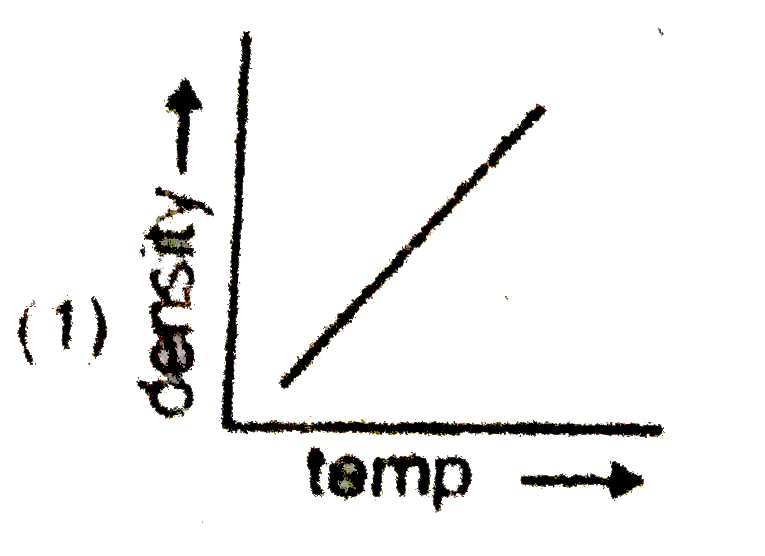

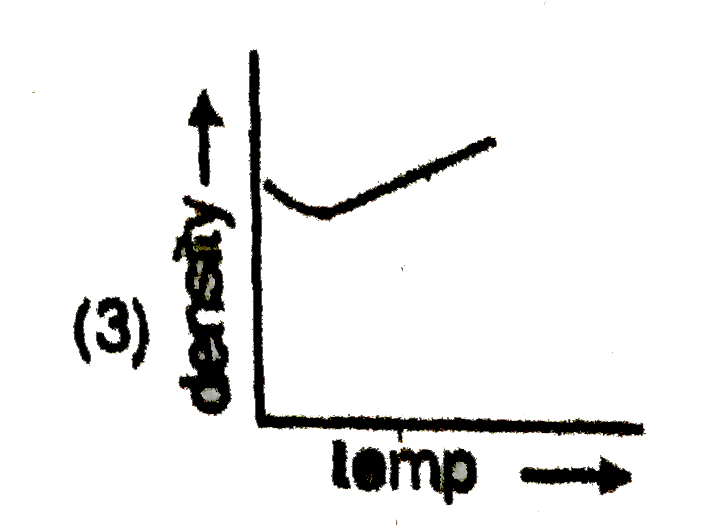
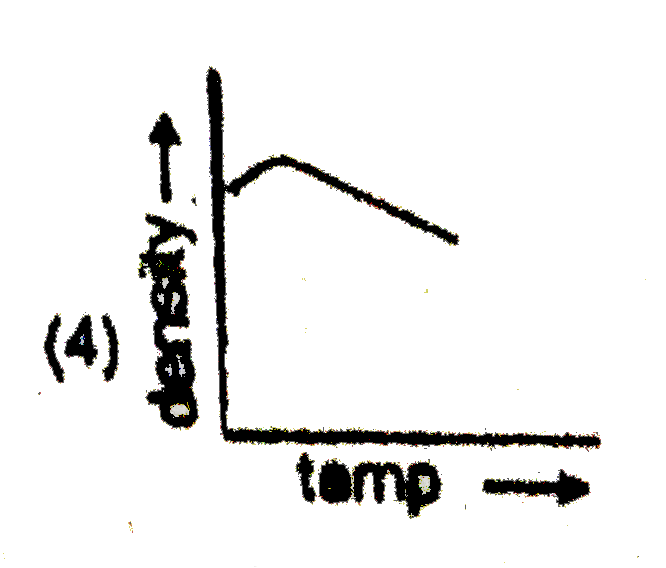
The correct Answer is:D
To determine which curve best represents the variation of density of water with temperature, we need to analyze how the density of water changes as the temperature varies, particularly around the critical temperature of 4 degrees Celsius.
1. Understanding Density and Temperature Relationship:
- Density is defined as mass per unit volume. As temperature changes, the volume of water changes, which in turn affects its density.
2. Behavior of Water from 0°C to 4°C:
- At 0°C, water is in a solid state (ice), which has a hexagonal structure. This structure has more space between molecules, resulting in lower density.
- As the temperature increases from 0°C to 4°C, the ice begins to melt. The structure of water becomes more compact as the molecules move closer together, leading to an increase in density.
3. Maximum Density at 4°C:
- Experimental results show that water reaches its maximum density at 4°C. This is the point where the volume is at its minimum for liquid water, hence the density is at its maximum.
4. Behavior of Water Above 4°C:
- Beyond 4°C, as the temperature continues to rise, the kinetic energy of water molecules increases, causing them to move further apart. This results in an increase in volume and a decrease in density.
5. Identifying the Correct Curve:
- The correct curve will show an increase in density as the temperature rises from 0°C to 4°C, followed by a decrease in density as the temperature increases beyond 4°C.
- Therefore, the curve that best represents this behavior is option D, which shows density increasing up to 4°C and then decreasing as the temperature rises further.
Conclusion:
The best representation of the variation of density of water with temperature is option D, as it accurately reflects the increase in density from 0°C to 4°C and the subsequent decrease in density as the temperature rises above 4°C.
---
- Density is defined as mass per unit volume. As temperature changes, the volume of water changes, which in turn affects its density.
- At 0°C, water is in a solid state (ice), which has a hexagonal structure. This structure has more space between molecules, resulting in lower density.
- As the temperature increases from 0°C to 4°C, the ice begins to melt. The structure of water becomes more compact as the molecules move closer together, leading to an increase in density.
- Experimental results show that water reaches its maximum density at 4°C. This is the point where the volume is at its minimum for liquid water, hence the density is at its maximum.
- Beyond 4°C, as the temperature continues to rise, the kinetic energy of water molecules increases, causing them to move further apart. This results in an increase in volume and a decrease in density.
- The correct curve will show an increase in density as the temperature rises from 0°C to 4°C, followed by a decrease in density as the temperature increases beyond 4°C.
- Therefore, the curve that best represents this behavior is option D, which shows density increasing up to 4°C and then decreasing as the temperature rises further.
The best representation of the variation of density of water with temperature is option D, as it accurately reflects the increase in density from 0°C to 4°C and the subsequent decrease in density as the temperature rises above 4°C.
Topper's Solved these Questions
Similar Questions
Knowledge Check
- Question 1 - Select One
which of the following graph represents the variation of resistivity (ρ) with temperature (T) for copper?
A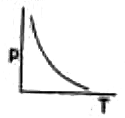 B
B C
C D
D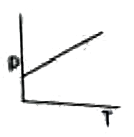
- Question 2 - Select One
Which of the following curves represent the Henry's law
A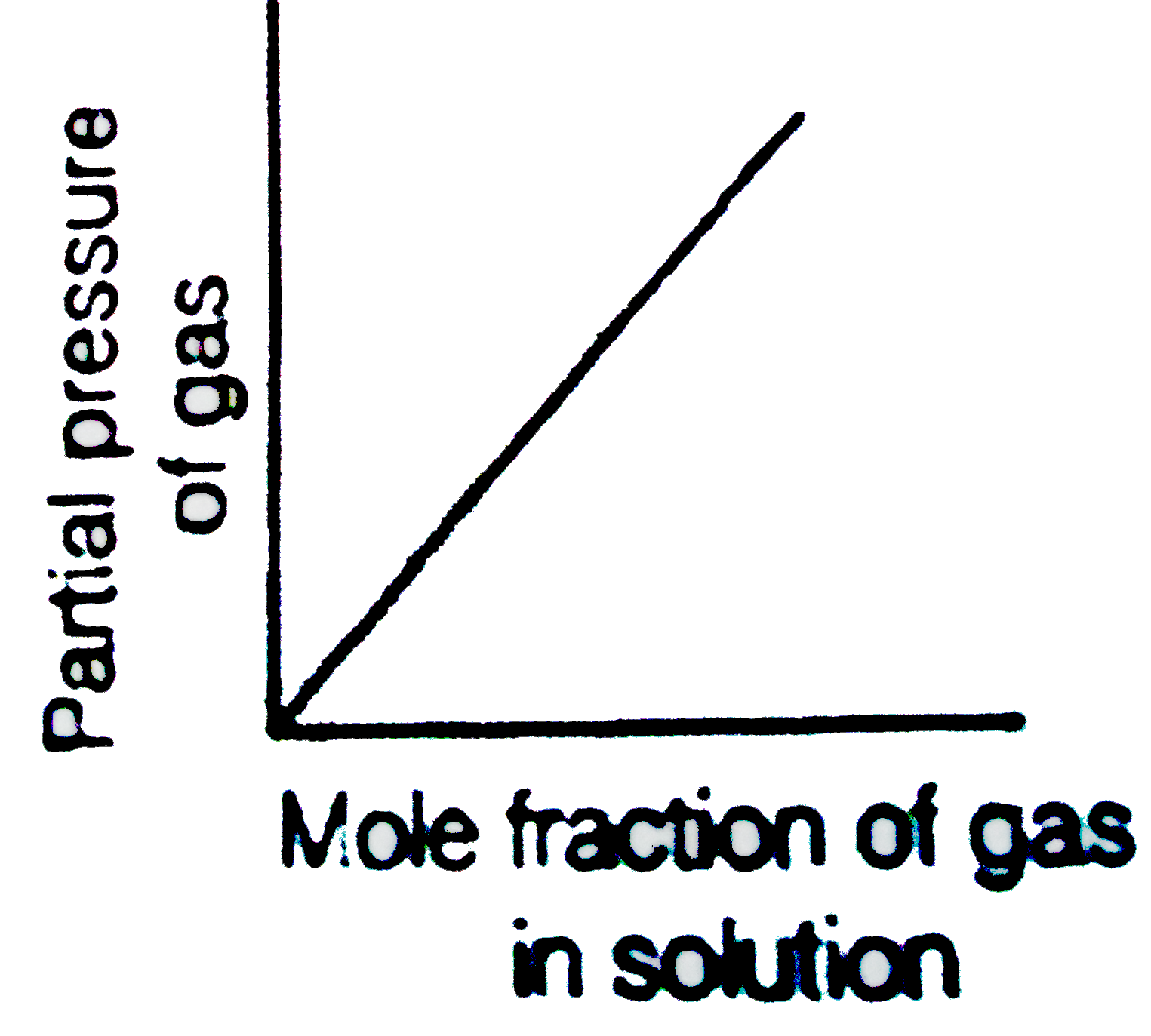 B
B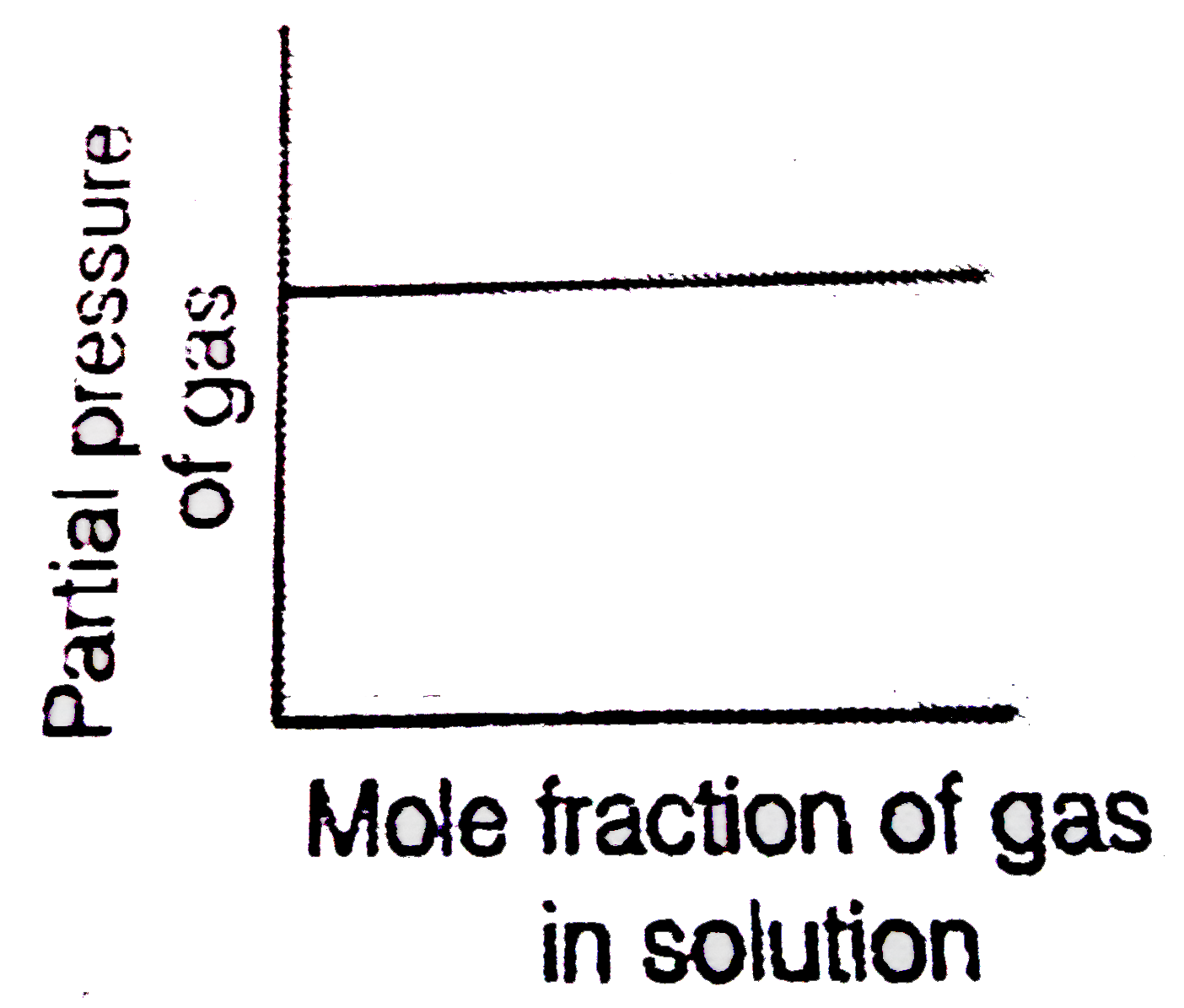 C
C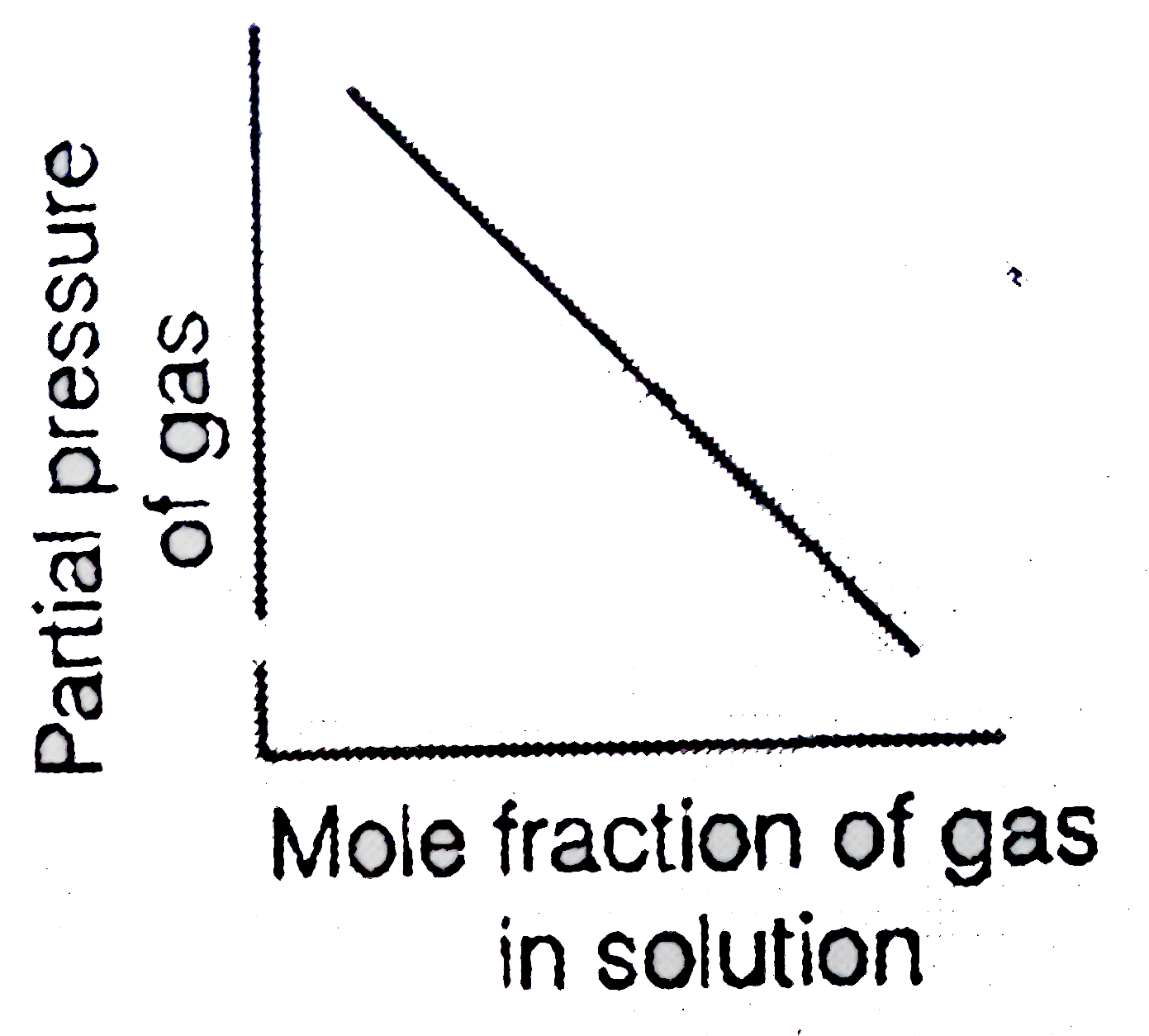 D
D
- Question 3 - Select One
Which of the following graphs shows variation between density of water and temperature?
A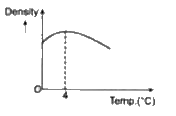 B
B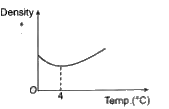 C
C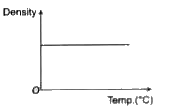 D
D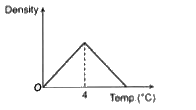
Which of the following curves represents the Henry's law ?
View SolutionWhich of the following graph shows the variationi of density of water increase in temperature ?
View SolutionWhich of the following curves represents the Henry's law ?
View SolutionWhich of the following curves represents a third order reaction ?
View SolutionWhich of the following curves represents a first order reaction.
View Solution

